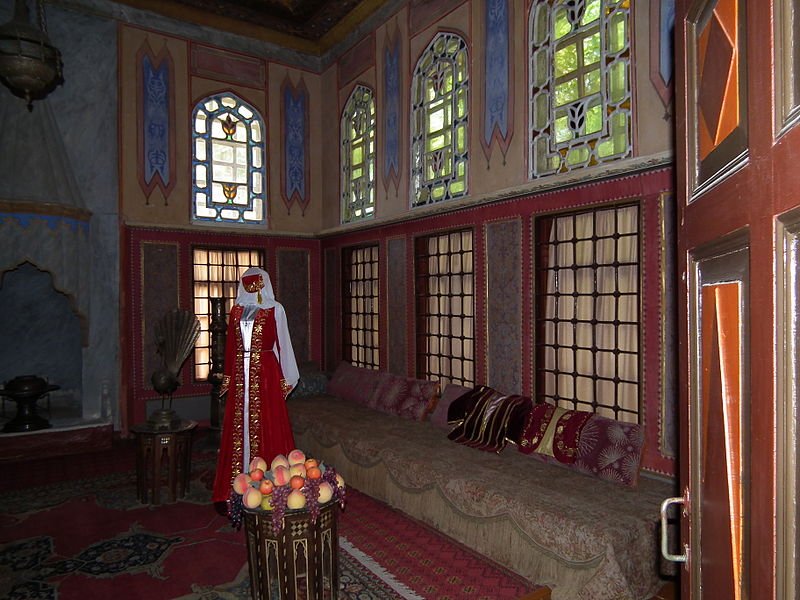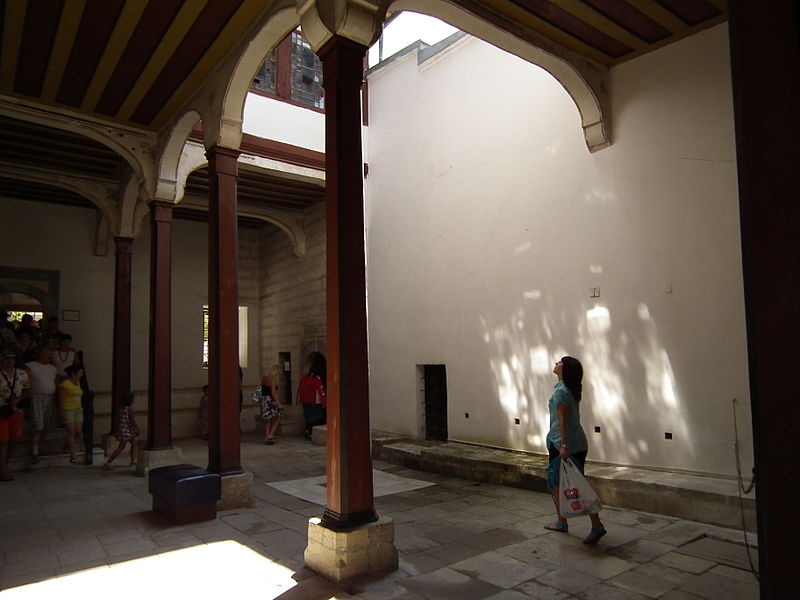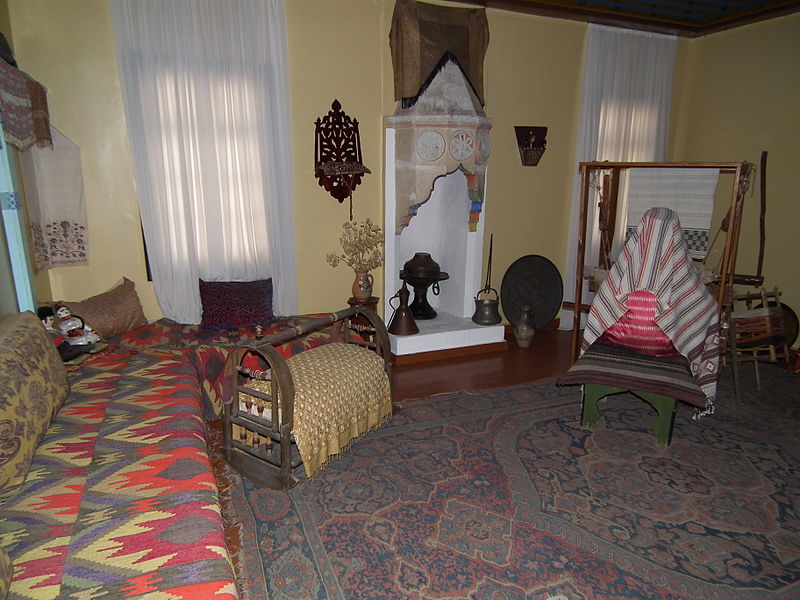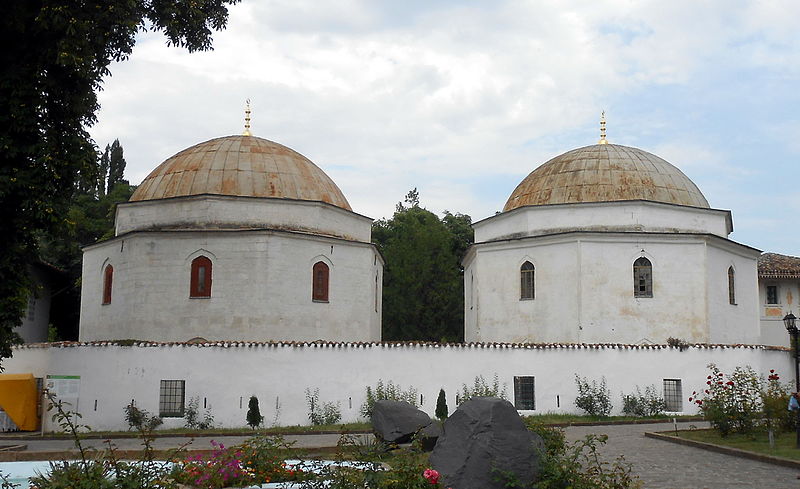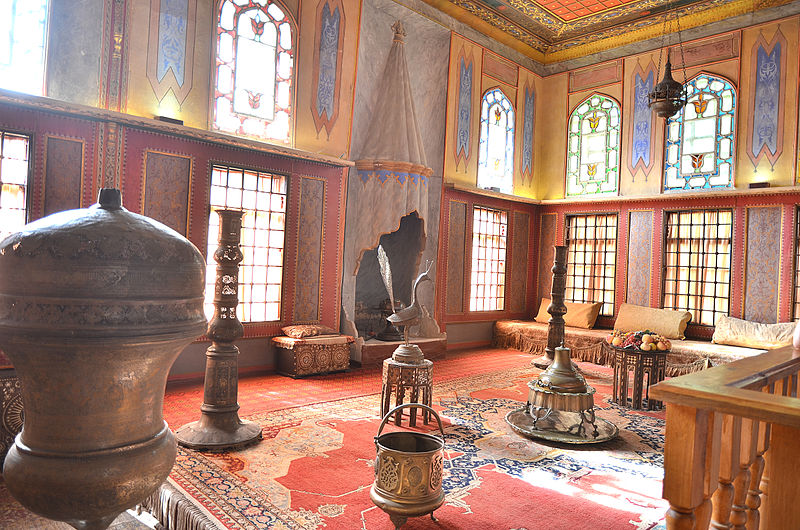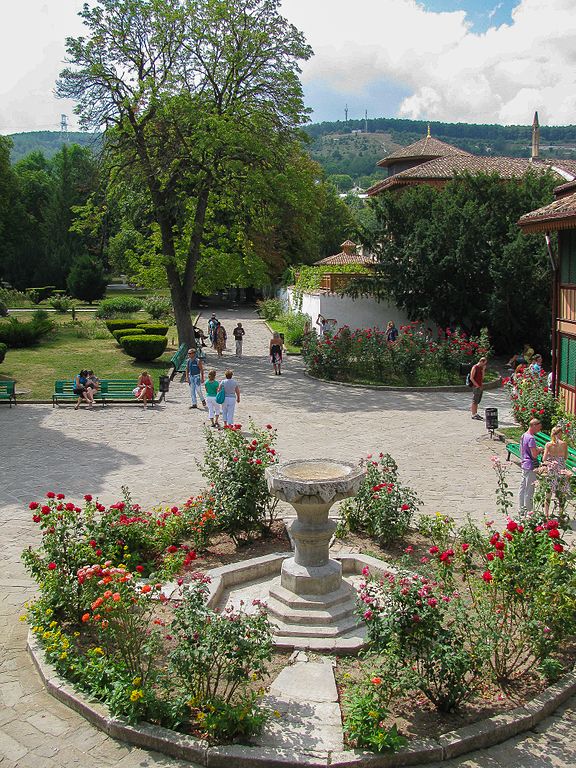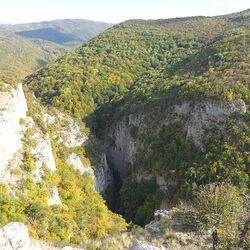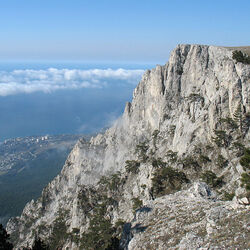Bakhchisaray Palace
The last residence of the Crimean rulers, the Bakhchisarai Palace, is located in Bakhchisarai on the banks of the Churuk-Su River. The architects of the palace ensemble embodied the idea of a garden of Eden on earth in their buildings.
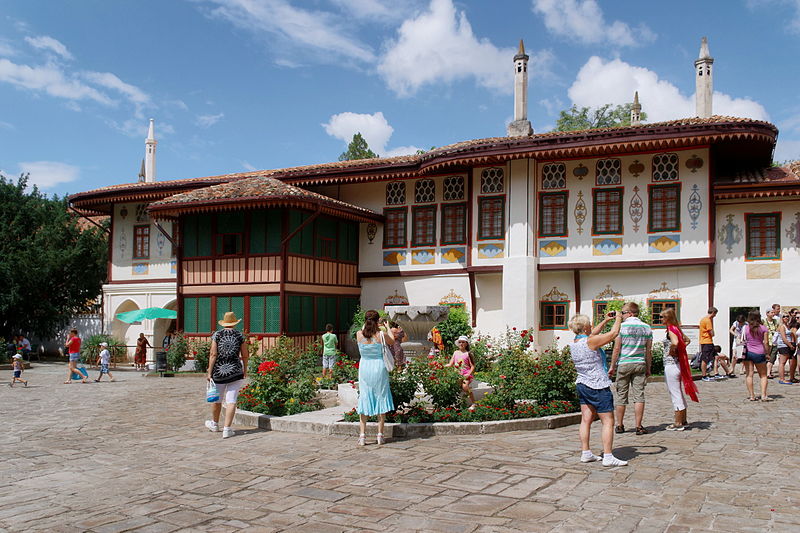
Previously, the palace of the Crimean khans was in Ashlam-Dera, but it became too crowded for the khan and his entourage. Khan Sahib I Herey ordered the establishment of a palace in another place, and almost immediately the city of Bakhchisarai began to be built around the khan's palace. The name of the city is translated from Crimean Tatar as "Garden Palace". The oldest buildings of the palace complex are the Sary Gyuzel baths and the Khan Mosque, erected in 1532. Each khan built additional buildings in the palace and improved the old ones. Devlet I Herey erected the khan's durbe, Bahadir I Herey ordered the construction of an additional building for the receptions of distinguished guests and ambassadors, subsequent khans erected a Golden Fountain, a madrasa, a summer gazebo, a "fountain of tears" and, under the guidance of an architect from Iran, magnificently decorated the interior.
During one of the Russian-Turkish wars in 1736, Field Marshal Christoph Minich captured Bakhchisarai. He gave the order to describe in detail the decoration of the palace and burn the palace along with the city. Almost all the wooden buildings were destroyed in the fire, the Grand and Small Mosques, the Courts, the Aleviza Portal and the Council Hall were not damaged from the palace complex. Selyameth and Kyrim Gerei had to restore the Bakhchisarai Palace, building materials were brought from Istanbul, and builders arrived from there, who embodied the decoration of Istanbul palaces in the palace. The restored palace has eclipsed the old one in beauty. After the territory of the Crimean Khanate became part of the Russian Empire, the interior of the Bakhchisarai Palace was hardly changed.
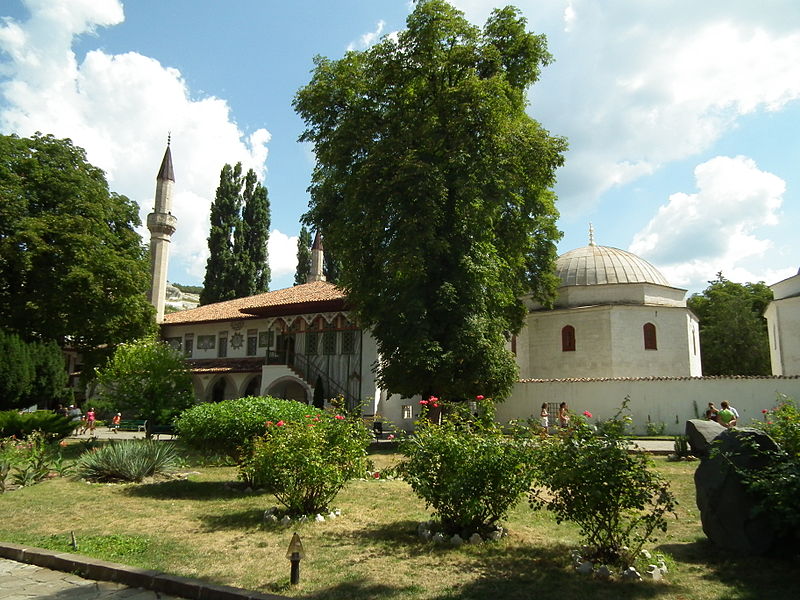
In 1787, before the arrival of Empress Catherine II, the palace was renovated. Prince Potemkin believed that the traditional Ottoman decoration was not too luxurious for Europeans and carried out reconstruction in some chambers, mixing Oriental and European interiors. They also moved the "Fountain of Tears" from Dubre to the fountain yard and erected the Catherine Mile at the bridge over the river. The Empress stayed at the palace for 3 days, and was accompanied by foreign ambassadors and Emperor Joseph II of Austria. Among the Russian rulers there were Alexander I, Alexander II, Nicholas II. After the Civil War, a museum was opened in the palace complex. Under the USSR, large-scale restorations were carried out to restore the original appearance.
The center of the Bakhchisarai Palace is the palace square, paved with stone, but before there was only sand. The army gathered there in front of the offensive company, and official events were held. The Great Khan Mosque, which is one of the largest mosques in Crimea, is located on the square. The extensive sauna complex, built on the principle of Turkish baths, is also worthy of attention, where the air heated in the basement heats the floor slabs located on small columns. Not far from the mosque is the old Khan's cemetery, where the graves of the khans, their family members and the supreme nobility are located.
Since 2003, the museum's management has been actively taking measures to include it in the UNESCO Cultural Heritage lists, believing that the Ukrainian government would better finance the museum. Since 2015, he has stopped conducting such work, since he is fully funded from the budget of the Russian Federation.
